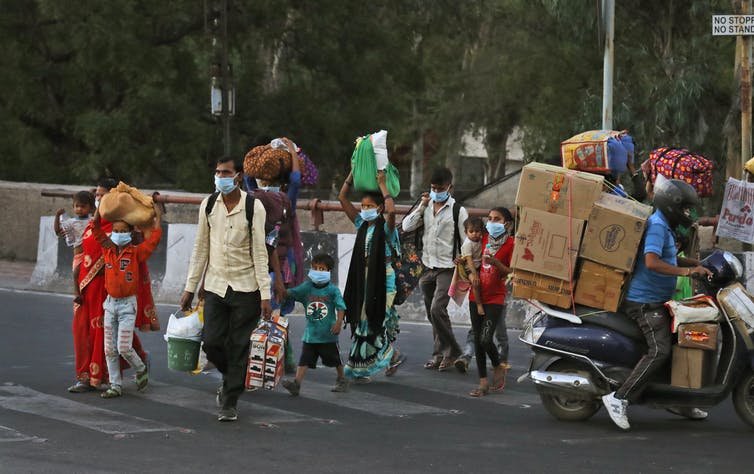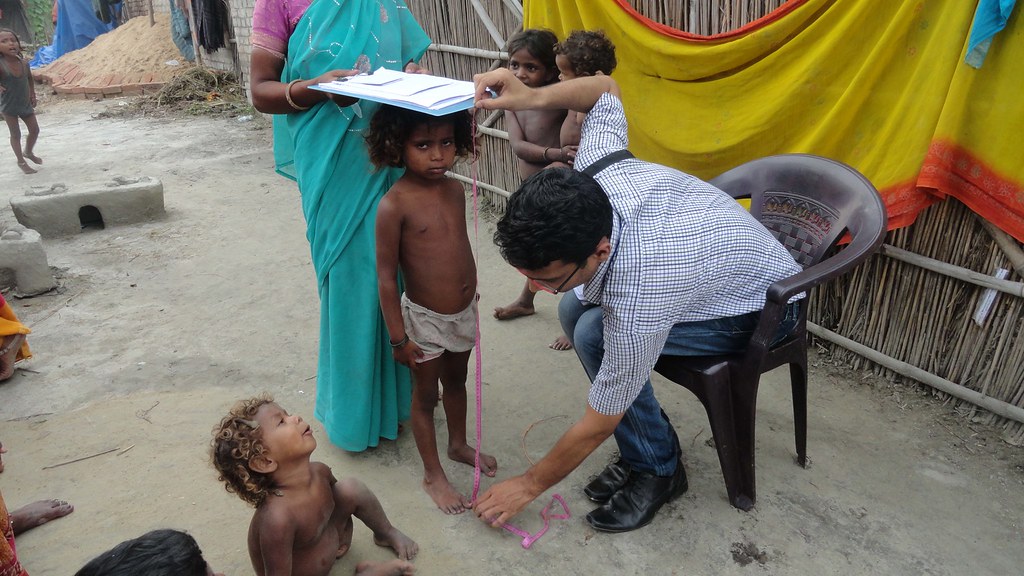
If there is one thing that represents the countywide lockdown as a step to contain and control the spread of the coronavirus infection with utmost clarity and non-pretence, it has to be the plight of millions of Indian migrant workers.
India’s migrant working class is surely the class of the population that has been most adversely impacted by the lockdown and its subsequent economic implications. What we do need to acknowledge is the fact that in India, the migrant labourers compose a formidable force in for the economy and it is high time that the government begins to conceive of them beyond voters that can be wooed from time to time, to suit mere political gains.
What we do need to take a note of, is the fact that subsequent governments have neglected the needs of the class and have only tried to pacify them from time to time instead of building and working on structures that are truly empowering for the class.
This is the time to work on a long-term and sustained policy framework that transforms the system in a way that migrant workers are allowed a life of more dignity and wellbeing and in any kind of future economic crisis, their suffering can be reduced to some degree.
This is the time when the proponents of village based development and employment generation and the advocates of urbanisation and rural-urban labour force migration must understand that India has a unique labour demography and a complex economic reality that requires the building of a strong bridge between the rural and the urban.
Moreover, we also have to acknowledge the fact that India does not have a single and well-organised labour market but an amalgamation of diverse and spread out fragments that together compose the whole. There are states in northern and eastern India that are most heavily populated but extremely poor, they witness the greater migration from rural to urban areas in the more industrially developed northern and western/southern parts of the country.
Labor migration in India is a function of a peculiar demographic and economic geography that cannot be translated to simplistic connotations. The money that they send back to their native villages from the more industrialised western and southern parts of the country helps run their families in the poorer and lesser developed eastern parts of the country. Thus when the chief ministers of some states are showing extreme enthusiasm in calling back migrant workers and promising them employment in their native states, what we need to acknowledge is the fact that the generation of employment overnight isn’t an easy proposition because many of these places are inherently seen as unattractive locations for investors as they don’t have conducive environments.
We are in a strange economic condition right now because the states in the north and the west which are known to be industrially and economically prosperous and account for the employment of the largest chunk of migrant workers, are presently fearing that they might not have enough workers even when the lockdown eases but on the other hand they are reliant to roll out the red carpet for migrant workers and make things better for them.
With meagre wage allotment, poor working conditions and absence of social security nets- there seems to be no effort on their part to ensure that workers are welcomed back to better prospects. They seem to have left everything to the market and the subsequent opening up of the economy.
But this time the crisis is more intense than ever before and no amount of political posturing and policy rhetoric will help us sail the sinking boat, this is the time for critical reflection on the generational neglect of migrant workers and the absence of state initiated measures to ensure them dignity of living.
It is time for the PM Narendra Modi led government to work along with the states to develop a framework for bilateral and multilateral engagement on the migrant worker crisis and ensure that as the economy reverts back to normal, a more labour-friendly and safe ecosystem is created for millions of India’s migrant workers.
This is the time to create a robust countywide apparatus that builds on social welfare mechanisms, dignified employment and social security nets for migrant workers.













